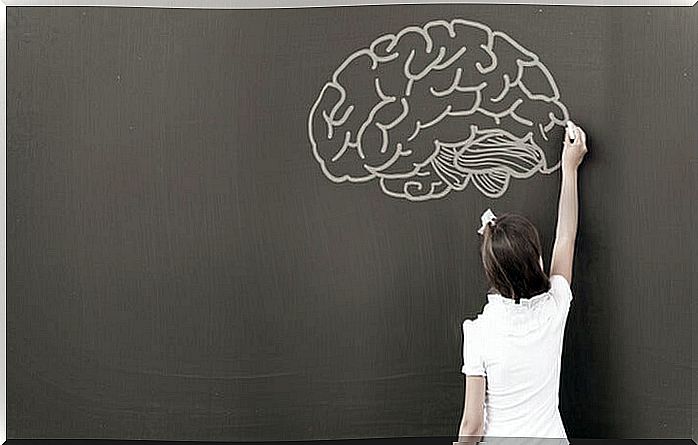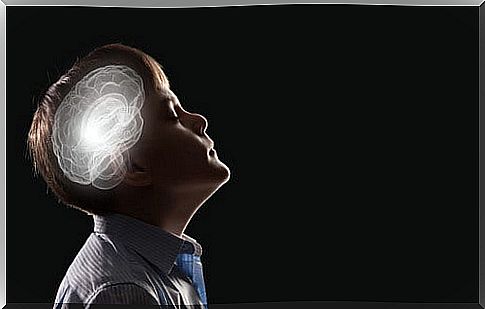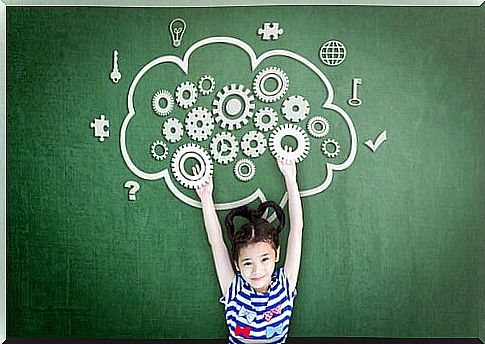The Neuropsychology Of Child Development

In recent decades, interest in learning and developmental problems in children has grown. Thus was born the neuropsychology of child development. This discipline addresses the relationship between the maturation process of the central nervous system and behavior during childhood (1). Thus, this discipline of neuropsychology places the assessment of neurodevelopment in the prevention and early detection of possible disorders in a central place (2).
Chávez (2003) states that in order to determine if a child presents problems in his neurodevelopment it is important, first of all, to know the normal organization and development of the central nervous system. This is because knowledge about the nervous system and its development is the basis for the prevention and detection of different disorders.
Similarly, Rains (2003) refers to alterations in the nervous system and in brain maturation due to pre, peri and postnatal causes. These alterations, in almost all cases, produce neuropsychological disorders in childhood as a consequence. If these are not detected in time, their sequelae can increase: that is why the authors emphasize the importance of neuropsychology of child development.
Other authors, such as Weber and Reynolds (2004), emphasize the influence of environmental factors on brain development. Thus, they carry out studies in which they analyze the association between brain plasticity and traumatic events during childhood. The authors explain that, in the United States, of the children reported annually for abuse (traumatic event), between 27% and 100% develop physical, behavioral, social, cognitive or emotional problems.
Thus, it seems that the study of the neuropsychology of child development focuses on risk factors and possible psychopathological and neuropsychological disorders that these may cause in boys and girls (1).

Origin of childhood brain injuries
According to the authors Cuervo and Ávila, the etiology of childhood brain injuries can be classified according to various indicators depending on the moment in which they occur:
- Prenatals (toxoplasmosis, intrauterine malnutrition, intrauterine abuse among others).
- Perinatal (hypoxia, meconium …).
- Postnatal (head trauma, infections, malnutrition …).
Hence the importance of a complete medical history in the evaluation. This should include all the information regarding the characteristics and conditions of development during the first years of life. Some authors (5, 6, 7) classify the main causes of brain injury according to the type of damage in:
- Traumatic
- Vascular (hemorrhages).
- Infectious (meningitis, toxoplasmosis).
- Metabolic (galactosemia).
- Neurotoxic.
These authors emphasize the importance of brain plasticity and neuropsychological maturity in childhood to assess sequelae and recovery after injury.
Assessment of the neuropsychology of child development
Some authors (7) affirm that the assessment of the neuropsychology of child development is not the same as the assessment of the adult. This is because developmental neuropsychology has as its main object of study the development of cognitive functions and its relationship with brain maturation throughout the life cycle. Meanwhile, the neuropsychology of child development focuses on:
- First, the differences in brain maturation from birth to adolescence between boys and girls,
- The differences between the adult brain and the developing brain, as well as …
- The reverse pattern seen in the development of white matter versus gray matter.
Neuropsychological maturity
Neuropsychological maturity is defined as the level of organization and maturational development that allows development in cognitive and behavioral functions, according to the chronological age of the person. Changes during development, especially in infancy, are highlighted.
In this way, the evaluation and intervention of the neuropsychology of child development must start from specific objectives according to the age of the girl or boy (1).

Assessment of infant neurodevelopment
In childhood, the etiology of neuropsychological disorders can be classified into two groups (1):
- First, subjects with specific impairment of maturational development.
- Second, subjects who after a normal initial development suffer a pathological accident that leaves sequelae that focally or diffusely alter said development.
Areas that should be evaluated in child neuropsychology (10)
- Motor skills
- Manual dexterity.
- Right-left orientation.
- Orofacial praxis.
- Verbal control of motor skills.
- Perception
- Visual.
- Auditory
- Tactile.
- Language
- Receptive and expressive capacities of oral language.
- Psychoeducational aspects.
- Memory
- Verbal and non-verbal.
- In the short and long term.
Some Neuropsychological Tests of Child Development
- Infant Neuropsychological Maturity Questionnaire ( CUMANN ).
- ENI Test (Infant Neuropsychological Assessment).
Thus, it is clear that the neuropsychological intervention of child development must be global. In societies like the current one, the detection, rehabilitation and stimulation of functions that favor neuropsychological maturity are urgent. For this reason, the development of disciplines such as neuropsychology of child development is important, with the aim of preventing children’s health.









